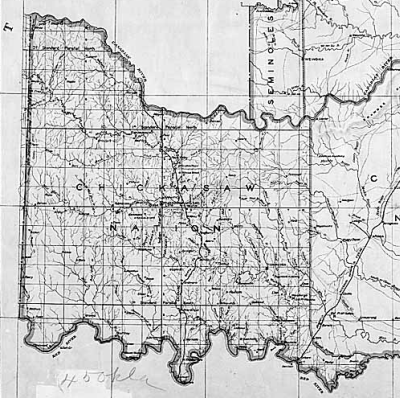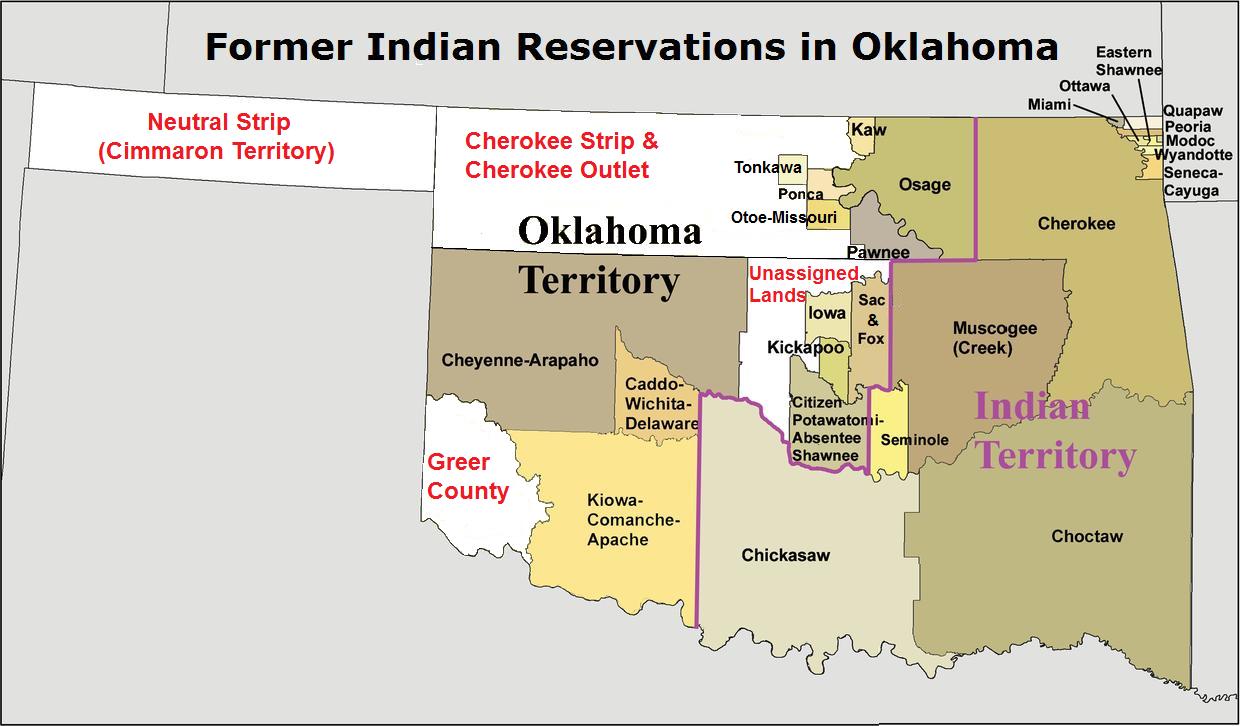|
Sequoyah Bay State Park
Sequoyah Bay State Park is on the western shore of Fort Gibson Lake in Wagoner County, Oklahoma. It is south of Wagoner, Oklahoma on State Highway 16. It offers several campgrounds, each named for a notable chief of the Five Civilized Tribes. These include: Chief Attacullaculla, Cherokee; Chief Pushmataha, Choctaw; Chief Osceola, Seminole; Chief Opothleyahola, Creek; and Chief Payamataha, Chickasaw The Chickasaw ( ) are an Indigenous people of the Southeastern Woodlands, United States. Their traditional territory was in northern Mississippi, northwestern and northern Alabama, western Tennessee and southwestern Kentucky. Their language is .... The park contains and 367 sites for recreational vehicles or tents. References Protected areas of Wagoner County, Oklahoma State parks of Oklahoma {{Oklahoma-protected-area-stub ... [...More Info...] [...Related Items...] OR: [Wikipedia] [Google] [Baidu] |
Wagoner County, Oklahoma
Wagoner County is a county located in the U.S. state of Oklahoma. As of the 2020 census, the population was 80,981. Its county seat is Wagoner. Wagoner County is included in the Tulsa metropolitan area. History According to archaeological studies, this area was inhabited by Caddoan Mound Builders during 300 to 1200 AD. The western area of Wagoner County was settled by the Creek after their forced removal in Alabama in the 1820s. The eastern portion of the county was settled by the Cherokee. During the Civil War in 1865, the present county was the scene of the Battle of Flat Rock (also known as the Hay Camp Action). Confederate troops led by Brig. General Stand Watie and Brig. General Richard Gano captured 85 Union troops and killed even more who were harvesting hay. In 1905, the Sequoyah Convention proposed creating two counties from this area. The western half would be named Coweta and the eastern half would have been named Tumechichee. However, failure of the a ... [...More Info...] [...Related Items...] OR: [Wikipedia] [Google] [Baidu] |
Choctaw
The Choctaw ( ) people are one of the Indigenous peoples of the Southeastern Woodlands of the United States, originally based in what is now Louisiana, Mississippi and Alabama. The Choctaw language is a Western Muskogean language. Today, Choctaw people are enrolled in three federally recognized tribes: the Choctaw Nation of Oklahoma, Mississippi Band of Choctaw Indians, Jena Band of Choctaw Indians in Louisiana. Choctaw descendants are also members of other tribes. Etymology The Choctaw autonym is Chahta. "Choctaw" is an anglicized spelling. According to anthropologist John R. Swanton, the Choctaw derived their name from an early leader of the Choctaw people. Language The Choctaw language belongs to the Muskogean language family. The Choctaw language was well known among the American frontiersmen of the early 19th century. In 1870, a Christian Missionary and fluent Choctaw speaker Cyrus Byington published a Choctaw Dictionary ''Grammar of the Choctaw Language.'' Revi ... [...More Info...] [...Related Items...] OR: [Wikipedia] [Google] [Baidu] |
Chickasaw Nation
The Chickasaw Nation () is a federally recognized Indigenous nation with headquarters in Ada, Oklahoma, in the United States. The Chickasaw Nation descends from an Indigenous population historically located in the southeastern United States, including present-day northern Mississippi, northwestern Alabama, southwestern Kentucky, and western Tennessee. Today, the Chickasaw Nation is the 12th largest Indigenous nation in the United States, with a population exceeding 80,000 citizens, most of whom reside in Oklahoma. The Chickasaw Nation’s reservation spans approximately 7,648 square miles in south-central Oklahoma. It is divided into four districts: Pontotoc, Pickens, Tishomingo, and Panola, which include counties such as Bryan, Carter, Coal, Garvin, Grady, Jefferson, Johnston, Love, McClain, Marshall, Murray, Pontotoc, and Stephens counties. During the 18th and 19th centuries, several Indigenous nations, including the Chickasaw Nation, were noted for adopting centra ... [...More Info...] [...Related Items...] OR: [Wikipedia] [Google] [Baidu] |
Creek Nation
The Muscogee Nation, or Muscogee (Creek) Nation, is a List of federally recognized tribes, federally recognized Native American tribe based in the U.S. state of Oklahoma. The nation descends from the historic Muscogee Confederacy, a large group of indigenous peoples of the Southeastern Woodlands. They commonly refer to themselves as Este Mvskokvlke (). Historically, they were often referred to by European Americans as one of the Five Civilized Tribes of the American Southeast.Theodore Isham and Blue Clark"Creek (Mvskoke)" ''Encyclopedia of Oklahoma History and Culture.'' Accessed Dec. 22, 2009 The Muscogee Nation is the largest of the federally recognized Muscogee tribes. The Muskogean-speaking Alabama people, Alabama, Koasati, Hitchiti, and Natchez people are also enrolled in this nation. Algonquian peoples, Algonquian-speaking Shawnee and Yuchi (language isolate) are also enrolled in the Muscogee Nation, although historically, the latter two groups were from different languag ... [...More Info...] [...Related Items...] OR: [Wikipedia] [Google] [Baidu] |
Opothleyahola
Opothleyahola (also spelled Opothle Yohola, Opothleyoholo, Hu-pui-hilth Yahola, Hopoeitheyohola, and Hopere Yahvlv, – March 22, 1863) was a Muscogee Creek Indian chief, noted as a brilliant orator. He was a Speaker of the Upper Creek Council and supported traditional culture. Although known as a diplomatic chief, as a Red Stick traditionalist he led Creek forces against the United States government during the Creek Wars. Later he tried to overturn the Treaty of Indian Springs, but was forced to make a new treaty with the federal government in 1832. He was commissioned as a colonel and led forces against remaining Lower Creek and the Seminole in Florida in the first two wars of the US against them. Despite his efforts, he and his people were among the Seminole and others forced to remove to Indian Territory in 1836, where they settled in the Unassigned Lands. During the American Civil War, Opothleyahola was among the minority of Creek in Indian Territory who supporte ... [...More Info...] [...Related Items...] OR: [Wikipedia] [Google] [Baidu] |
Seminole
The Seminole are a Native American people who developed in Florida in the 18th century. Today, they live in Oklahoma and Florida, and comprise three federally recognized tribes: the Seminole Nation of Oklahoma, the Seminole Tribe of Florida, and the Miccosukee Tribe of Indians of Florida, as well as independent groups. The Seminole people emerged in a process of ethnogenesis from various Native American groups who settled in Spanish Florida beginning in the early 1700s, most significantly northern Muscogee Creeks from what are now Georgia and Alabama. Old crafts and traditions were revived in both Florida and Oklahoma in the mid-20th century as the Seminole began seeking revenue from tourists traveling along the new interstate highway system. In the 1970s, Seminole tribes began to run small bingo games on their reservations to raise revenue. They won court challenges to initiate Indian gaming on their sovereign land. Many U.S. tribes have likewise adopted this practice wh ... [...More Info...] [...Related Items...] OR: [Wikipedia] [Google] [Baidu] |
Osceola
Osceola (1804 – January 30, 1838, Vsse Yvholv in Muscogee language, Creek, also spelled Asi-yahola), named Billy Powell at birth, was an influential leader of the Seminole people in Florida. His mother was Muscogee, and his great-grandfather was a Scotsman, Clan Macqueen, James McQueen. He was reared by his mother in the Creek (Muscogee) tradition. When he was a child, they migrated to Florida with other Red Stick refugees, led by a relative, Peter McQueen, after their group's defeat in 1814 in the Creek Wars. There they became part of what was known as the Seminole people. In 1836, Osceola led a small group of warriors in the Seminole resistance during the Second Seminole War, when the United States tried to Indian removal, remove the tribe from their lands in Florida Territory, Florida to Indian Territory west of the Mississippi River. He became an adviser to Micanopy, the principal chief of the Seminole from 1825 to 1849. [...More Info...] [...Related Items...] OR: [Wikipedia] [Google] [Baidu] |
Pushmataha
Pushmataha ( – December 24, 1824; also spelled Pooshawattaha, Pooshamallaha, or Poosha Matthaw) was one of the three regional chiefs of the major divisions of the Choctaw in the 19th century. Many historians considered him the "greatest of all Choctaw chiefs". Pushmataha was highly regarded among Native Americans, Europeans, and white Americans, for his skill and cunning in both war and diplomacy. Rejecting the offers of alliance and reconquest proffered by Tecumseh, Pushmataha led the Choctaw to fight on the side of the United States in the War of 1812. He negotiated several treaties with the United States. In 1824, he traveled to Washington to petition the Federal government against further cessions of Choctaw land; he met with John C. Calhoun and Marquis de Lafayette, and his portrait was painted by Charles Bird King. He died in the capital city and was buried with full military honors in the Congressional Cemetery in Washington, D.C. Name The exact meaning of Pus ... [...More Info...] [...Related Items...] OR: [Wikipedia] [Google] [Baidu] |
Oklahoma
Oklahoma ( ; Choctaw language, Choctaw: , ) is a landlocked U.S. state, state in the South Central United States, South Central region of the United States. It borders Texas to the south and west, Kansas to the north, Missouri to the northeast, Arkansas to the east, New Mexico to the west, and Colorado to the northwest. Partially in the western extreme of the Upland South, it is the List of U.S. states and territories by area, 20th-most extensive and the List of U.S. states and territories by population, 28th-most populous of the 50 United States. Its residents are known as Oklahomans and its capital and largest city is Oklahoma City. The state's name is derived from the Choctaw language, Choctaw words , 'people' and , which translates as 'red'. Oklahoma is also known informally by its List of U.S. state and territory nicknames, nickname, "The Sooner State", in reference to the Sooners, American pioneer, American settlers who staked their claims in formerly American Indian-o ... [...More Info...] [...Related Items...] OR: [Wikipedia] [Google] [Baidu] |
Cherokee Nation
The Cherokee Nation ( or ) is the largest of three list of federally recognized tribes, federally recognized tribes of Cherokees in the United States. It includes people descended from members of the Cherokee Nation (1794–1907), Old Cherokee Nation who relocated, due to increasing pressure, from the Southeast to Indian Territory and Cherokees who were forced to relocate on the Trail of Tears. The tribe also includes descendants of Cherokee Freedmen and Natchez Nation. As of 2024, over 466,000 people were enrolled in the Cherokee Nation. Headquartered in Tahlequah, Oklahoma, the Cherokee Nation has a Indian reservation, reservation spanning 14 counties in the northeastern corner of Oklahoma. These are Adair County, Oklahoma, Adair, Cherokee County, Oklahoma, Cherokee, Craig County, Oklahoma, Craig, Delaware County, Oklahoma, Delaware, Mayes County, Oklahoma, Mayes, McIntosh County, Oklahoma, McIntosh, Muskogee County, Oklahoma, Muskogee, Nowata County, Oklahoma, Nowata, Ottaw ... [...More Info...] [...Related Items...] OR: [Wikipedia] [Google] [Baidu] |
Attacullaculla
Attakullakulla (Cherokee”Tsalagi”, (ᎠᏔᎫᎧᎷ) ''Atagukalu'' and often called Little Carpenter by the English) (c. 1715 – c. 1777) was an influential Cherokee leader and the tribe's First Beloved Man, serving from 1761 to around 1775. His son was Dragging Canoe, the first leader of the Chickamauga faction of the Cherokee tribes. While Attakullakulla was "a man of remarkably small stature, he was noted for his maturity, wisdom, and graciousness." Attakullakulla knew some English but was not fluent. He was, however, considered the most gifted Cherokee orator from the 1760s to the 1770s. He first appeared in historic records in 1730, noted as accompanying Alexander Cuming, a British treaty commissioner, and six other Cherokee to England. He was one of the signatories of an early Cherokee treaty with Great Britain. By the early 1750s, Attakullakulla, renowned for his oratorical skills, had been appointed a principal speaker for the Cherokee tribes. In the 1750 ... [...More Info...] [...Related Items...] OR: [Wikipedia] [Google] [Baidu] |



